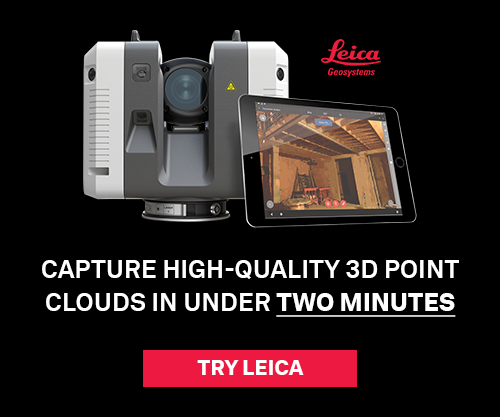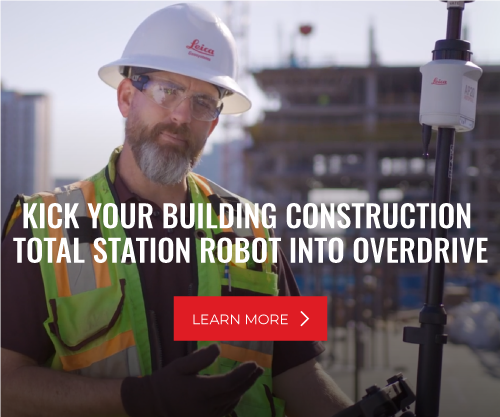Innovation is no longer a luxury in the construction industry—it’s an essential strategy for staying competitive and delivering exceptional results. But while groundbreaking tools and technologies play a critical role, the true driving force behind innovation lies in people. Leadership and company culture are at the heart of successfully adopting and implementing new ideas in construction, ensuring teams can overcome challenges, adapt to change, and maximize the potential of modern solutions.
At Stellar, leadership and culture are integral to fostering innovation. “Leadership buy-in and a willingness to innovate are essential to navigating the learning curve and realizing the benefits,” explained David Mueller, VDC Manager at Stellar, in a recent Tech Insider interview. This mindset has enabled the company to stay ahead of the curve, turning what might seem like obstacles into opportunities for growth.
Why Leadership Matters in Innovation
Strong leadership provides the vision and direction required to guide teams through the process of change. For technology to truly thrive within an organization, leaders must not only advocate for its adoption but also demonstrate how it aligns with the company’s broader goals. This ensures that employees understand the value of innovation, promoting buy-in at every level.
“We’ve built a culture where innovation isn’t just a buzzword—it’s how we approach every project.”
—Dave Mueller, VDC Manager, Stellar
Mueller highlights this pivotal leadership role, stating, “The tech is only as good as the teams using it—training is a critical component of what we do.” Leaders at Stellar recognize that tools alone cannot drive transformation. Instead, they engage their teams by investing in their development, offering comprehensive training programs, and ensuring that everyone, from entry-level employees to senior managers, is equipped to leverage new tools effectively.
Leadership also sets the tone for overcoming resistance to change, a common challenge in the construction sector. By framing innovation as a solution to persistent industry pain points—such as inefficient workflows, costly rework, and communication silos—leaders can turn skepticism into curiosity and, ultimately, enthusiasm.
Building a Culture of Innovation
While leadership provides the foundation, culture is the catalyst that allows innovation to flourish. At Stellar, fostering an environment where creativity and open-mindedness are encouraged is a priority. “We’ve built a culture where innovation isn’t just a buzzword—it’s how we approach every project,” explains Mueller. This culture ensures that employees feel empowered to share ideas, experiment with new methods, and collaborate across teams.

A significant component of this culture revolves around the willingness to learn from both successes and failures. Whether the company is testing a new reality capture solution or integrating additional data sources into its workflows, Stellar emphasizes the importance of continuous improvement. Employees are encouraged to adopt a “growth mindset,” where new challenges are seen as opportunities to develop more efficient ways of working.
Additionally, leadership plays a crucial role in amplifying this culture by celebrating innovation. Recognizing employees’ efforts to implement new approaches—whether it’s integrating field-collected data into digital workflows or adopting augmented reality tools for better visualization—cultivates a sense of pride and ownership, encouraging further innovation.
Overcoming Resistance to Change
Resistance to innovation often stems from fear of the unknown, concerns over job security, or skepticism about the ROI of new investments. However, Stellar has found that education and inclusion are key to addressing these concerns.
“The tech can feel intimidating at first, but we focus on showing how it makes the work not just easier but also more impactful,” says Mueller. By sharing case studies, success stories, and hands-on demonstrations, the company ensures that employees and stakeholders see the tangible benefits of innovation.
Furthermore, inclusivity in the decision-making process is crucial. Stellar actively involves team members from various roles and departments in discussions about the introduction of new tools and processes. This collaborative approach makes employees feel valued and helps build consensus, easing the transition to innovative methods.

Creating a Blueprint for Sustained Innovation
The work of fostering innovation doesn’t end with a single project or tool—it’s an ongoing process that requires commitment and adaptability. Stellar has adopted a structured approach to ensure the sustainability of its innovation efforts.
- Continuous Training: Regular workshops and skill-building sessions keep employees up-to-date with the latest technology and industry trends.
- Open Feedback Channels: Stellar encourages employees to share their experiences and suggestions for improvement, allowing the company to refine its strategies and tools over time.
- Strategic Partnerships: Partnering with leading technology providers ensures access to cutting-edge solutions and support for successful implementation.
Through these initiatives, Stellar has built a roadmap for long-term innovation, ensuring the company stays at the forefront of industry advancements.
A Thriving Environment
The construction industry is undergoing a transformation, and innovation is the engine driving this change. For companies like Stellar, success isn’t just about adopting the latest tools—it’s about creating an environment where ideas, problem-solving, and collaboration thrive.
“A lot of people look forward to Fridays, but I think Mondays are the best day of the week,” Mueller says. “I get the opportunity to start my week again. I get the opportunity to do what I love to do for a company that I really enjoy working for. And I get to do a lot of different things that keep me interested.”
By empowering its teams, investing in training, and fostering a culture of openness and creativity, Stellar demonstrates that innovation begins with people.
To discuss your needs with a building construction specialist, contact us.






